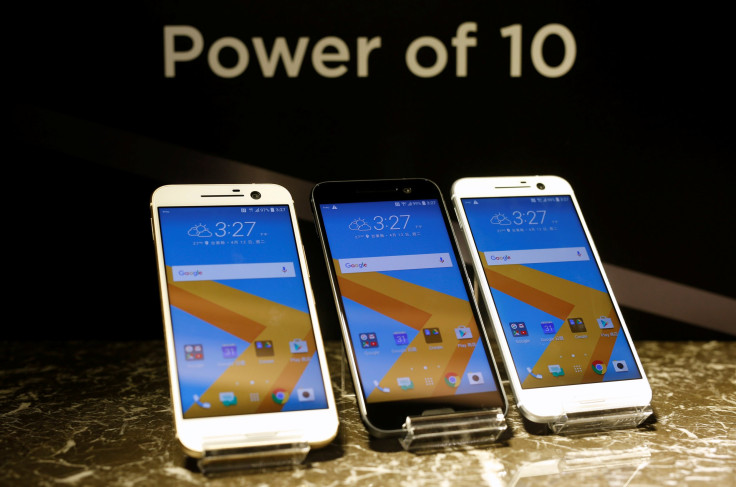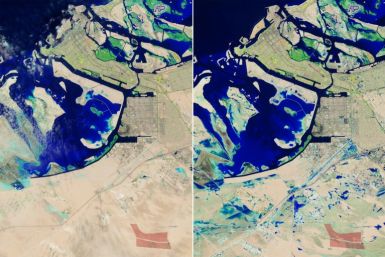Samsung Galaxy S7 vs HTC 10 camera comparison: What sets them apart [VIDEO]

The Samsung Galaxy S7 is the reigning Android champ in terms of overall specs and popularity. The HTC 10, on the other hand, is a contender that has steadily gained fans due to its sleek design and competent prowess. Let’s see how the contender measures up against the champ in a camera clash.
READ: Year in review 2016: The biggest tech hits and misses of the year
The Samsung Galaxy S7 features a 12 MP main camera with phase detection autofocus, optical image stabilisation (OIS) and LED flash. It equips a wide f/1.7 lens that permits an additional amount of light to be absorbed. Resulting images taken in low-light with the Galaxy S7 are extraordinary due to its wider lens.
The Galaxy S7 features Samsung’s Dual Pixel technology which allows every pixel on the phone’s image sensor to have two photodiodes instead of just one. This makes the camera focus much faster and create shots that are excellent and highly detailed. The Galaxy S7’s colour rendition is also balanced out and never excessive. The Samsung flagship is able to manage details in both highlights and shadows properly to bring about natural-looking shots.
Watch: Samsung Galaxy S7 vs HTC 10 camera comparison (by Android Central)
READ: Old Nokia phones and why we miss them
The HTC 10’s primary shooter, which is called the UltraPixel 2.0 camera, is a 12 MP dual-LED flash sensor with an f/1.8 aperture. It has laser autofocus, geo-tagging, face detection, HDR and panorama features, as well as OIS. According to GSMArena, while some shots taken with the HTC 10 in various light settings are impressive, the UltraPixel 2.0 camera also occasionally fails to exemplify dynamic ranges in instances when there is light coming from behind the subject, which the Galaxy S7 can perform better.
The HTC 10 can produce 720p, 1080p and 4K videos at 30 FPS. There is no available option for 60 FPS videos like the Galaxy S7. HTC 10’s 1080p videos get an extra boost of levelness thanks to electronic image stabilisation (EIS).
Both the Galaxy S7 and the HTC 10 furnish 5 MP secondary cameras, although the Samsung flagship’s front-facing snapper has a wider f/1.7 lens. The HTC 10’s f/1.8 selfie shooter compensates for that by adding OIS, which is a first among secondary phone cameras. Shots taken with the HTC flagship’s front camera are crisp and detailed in almost any setting.
Overall, the Samsung Galaxy S7 beats the HTC 10 when it comes to cameras. Galaxy S7 shots preserve more details even when zoomed in. The HTC 10 is not to be taken lightly, though, as it can clearly compete with some of the best brands in the market today.






